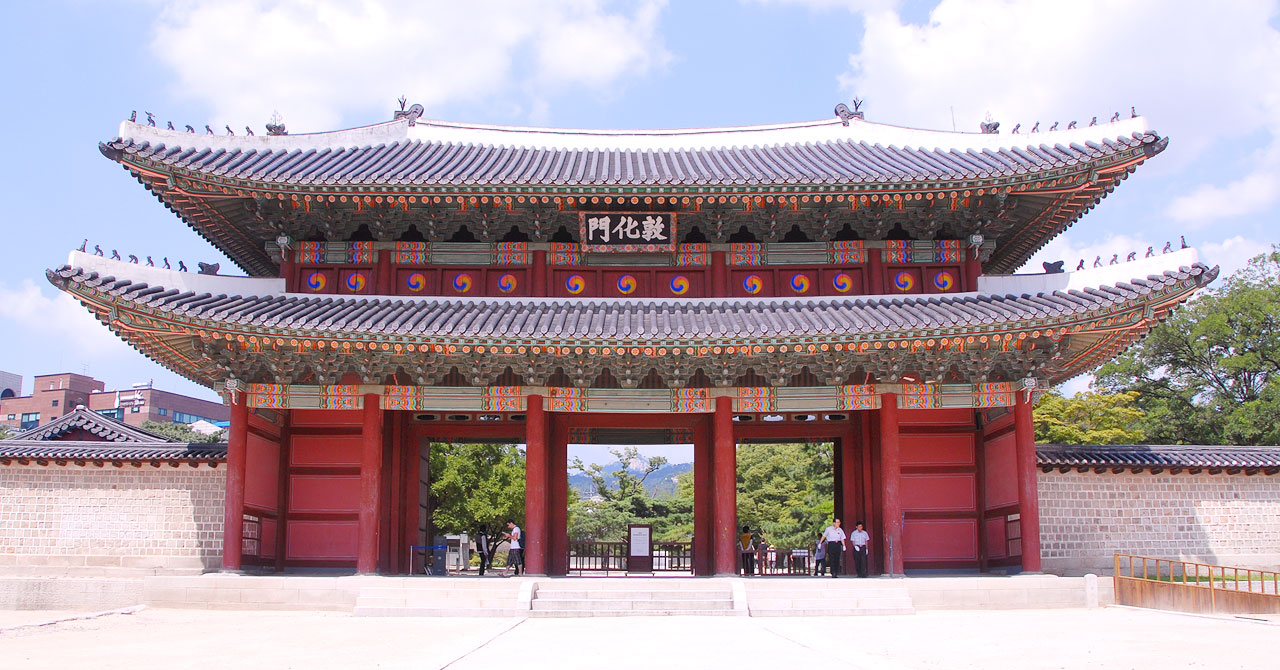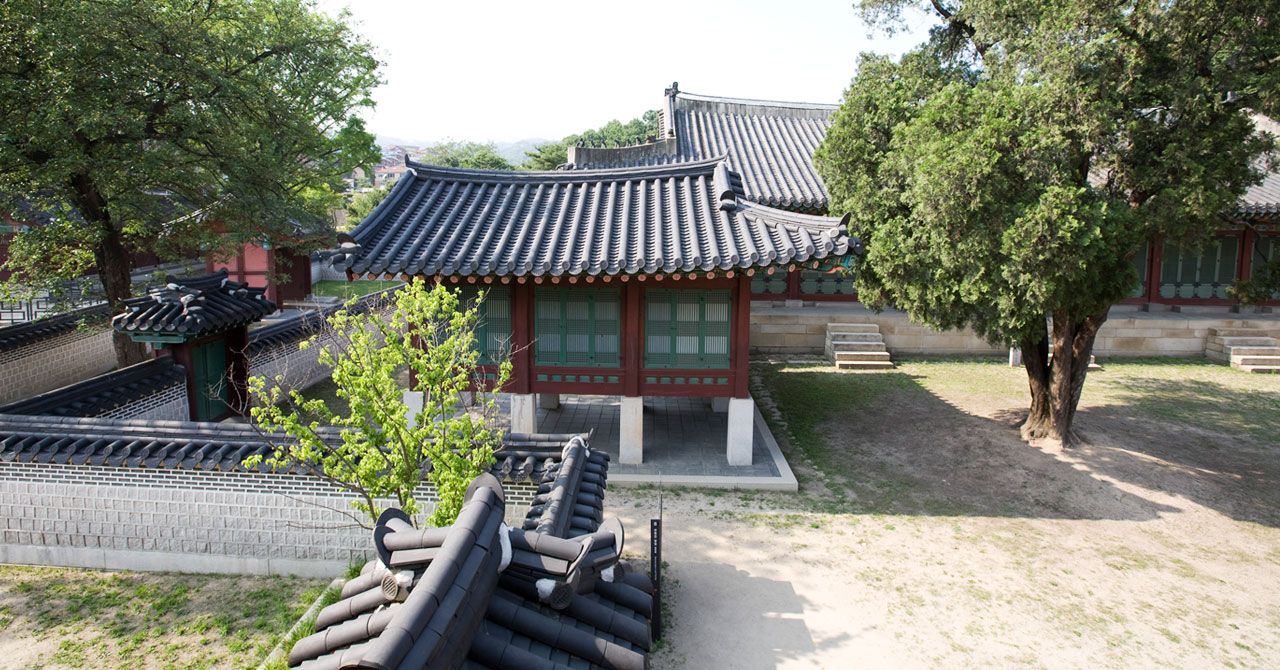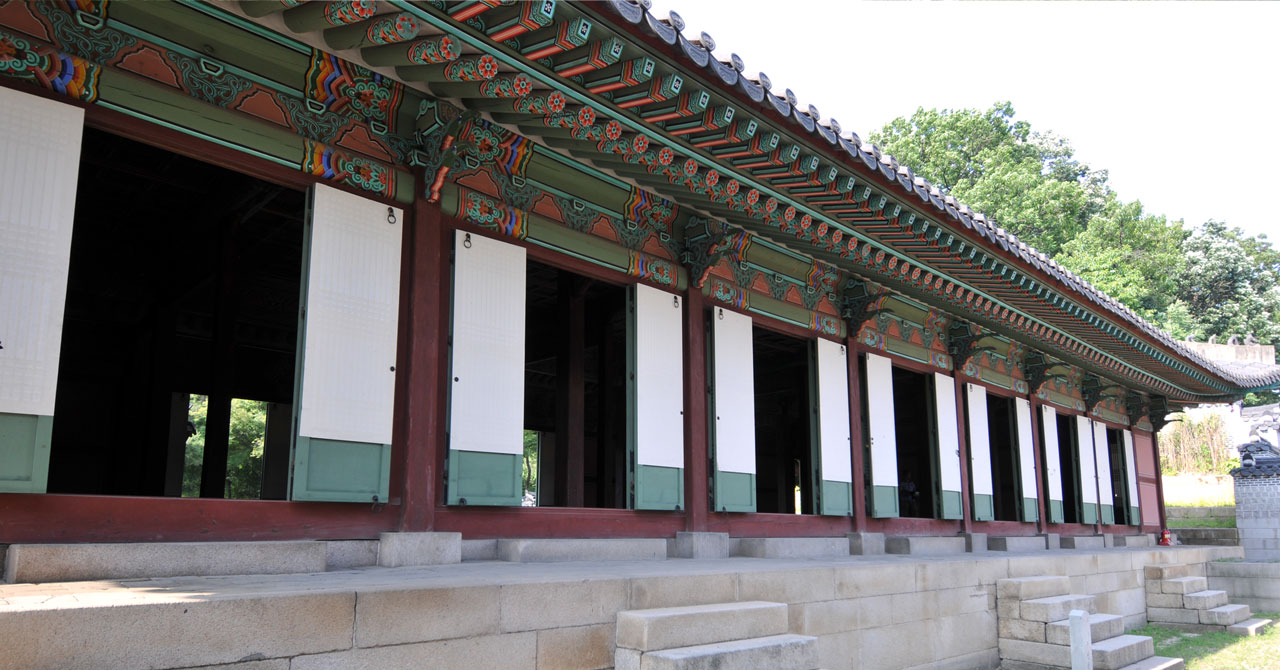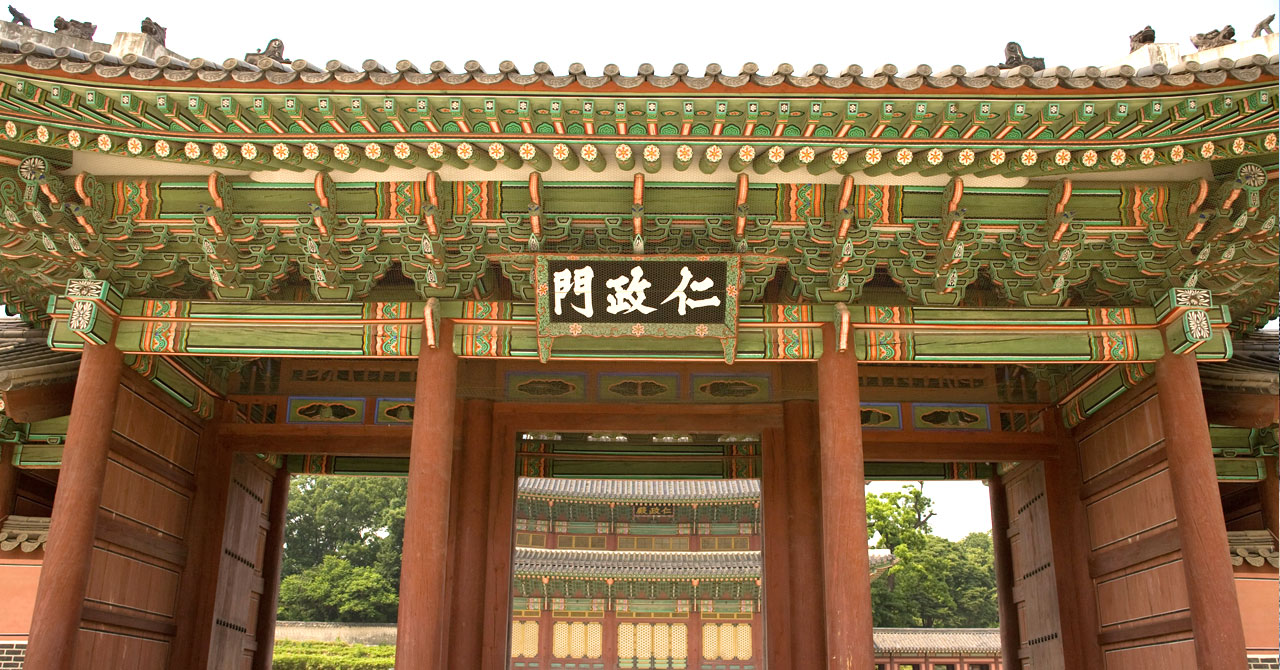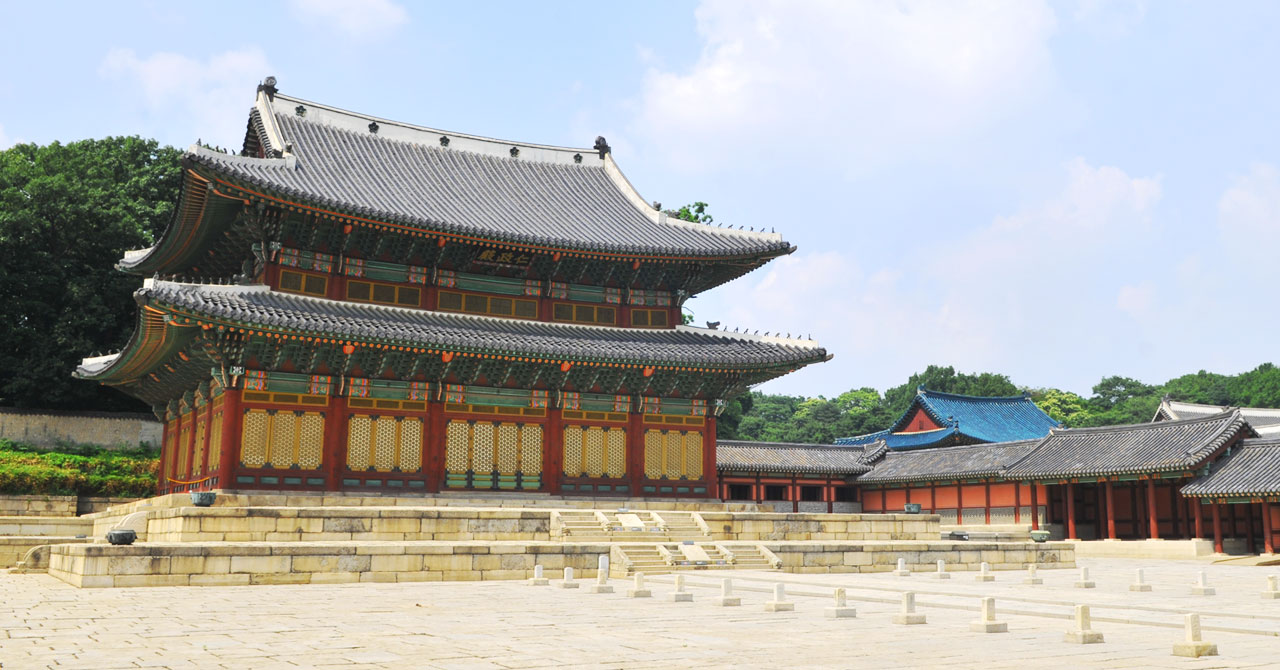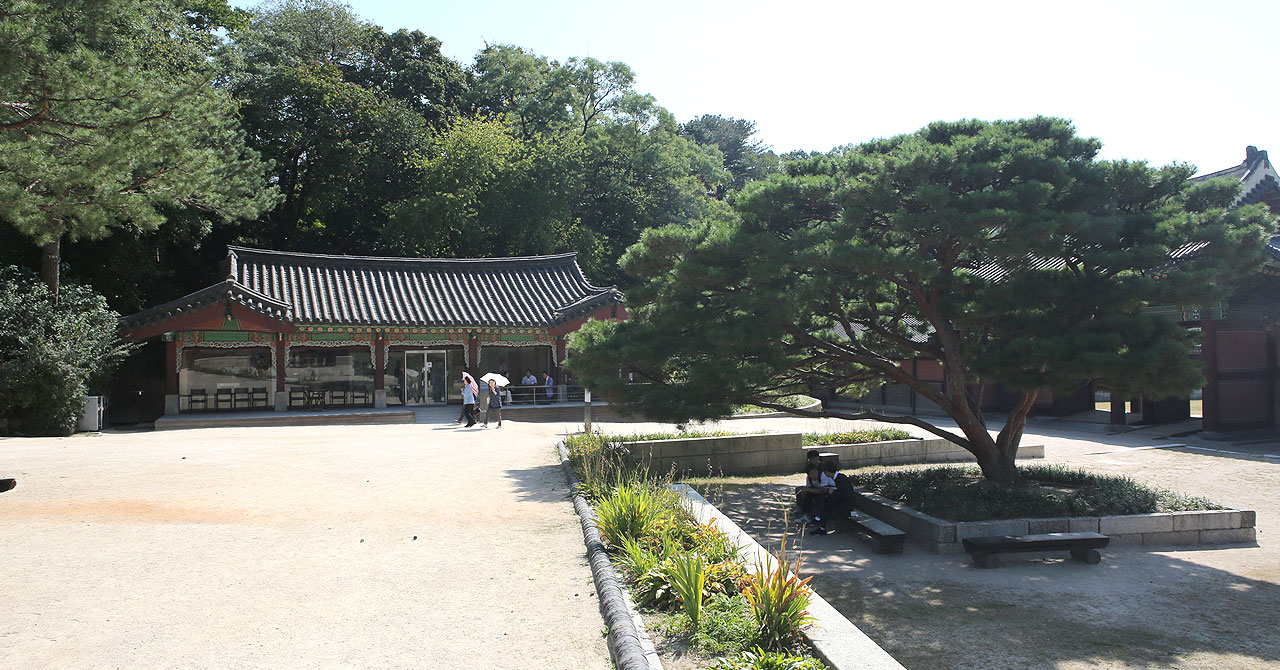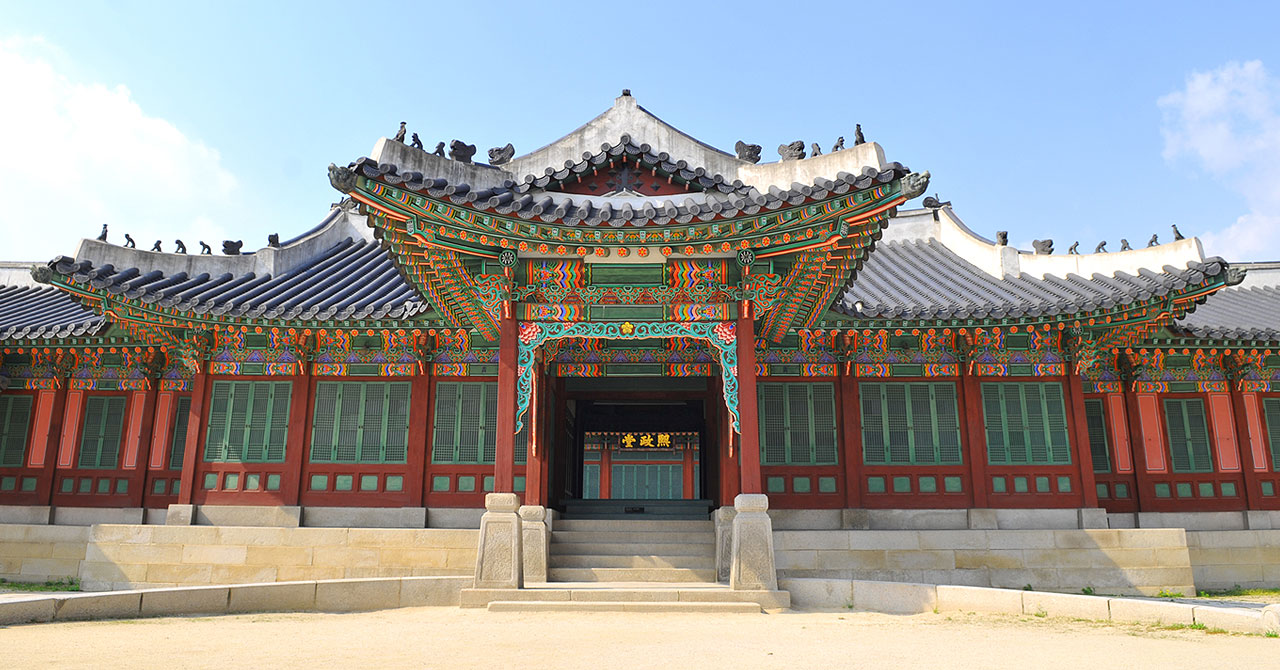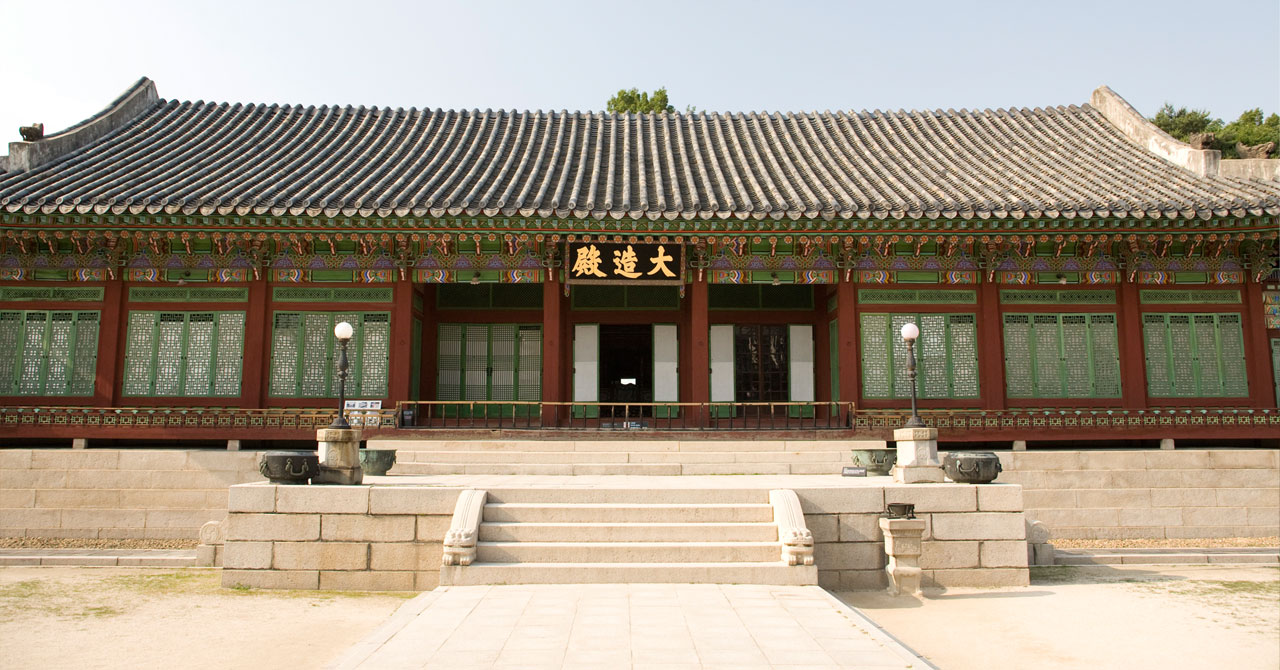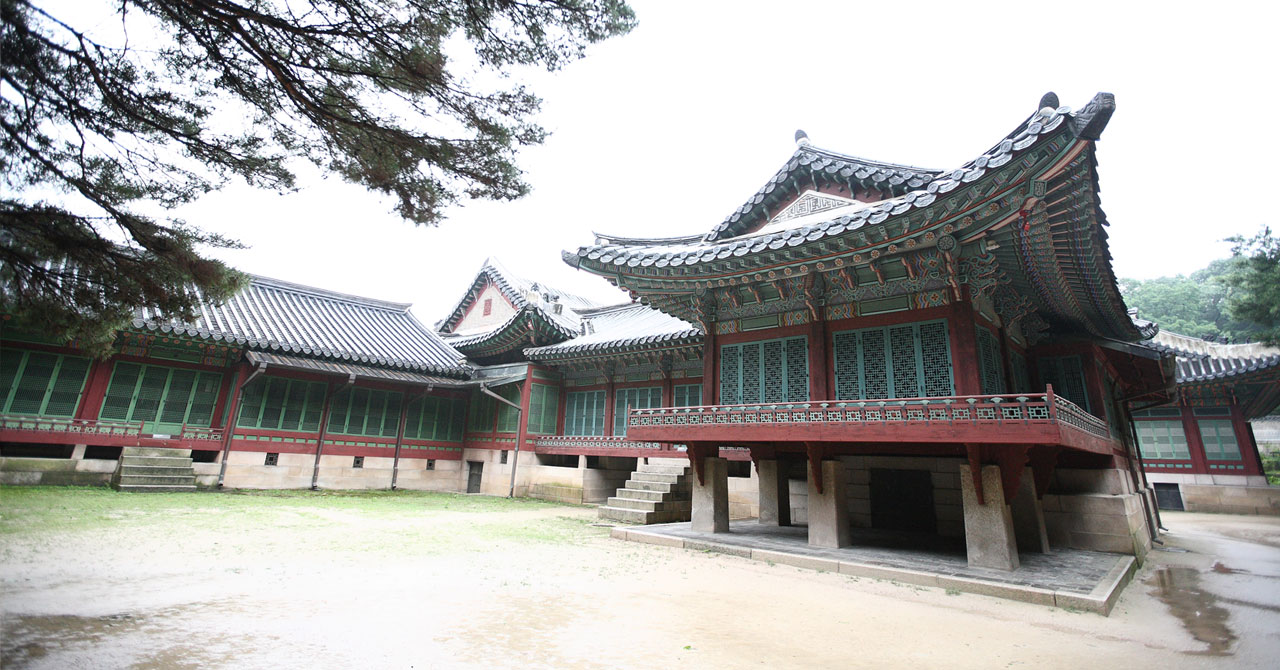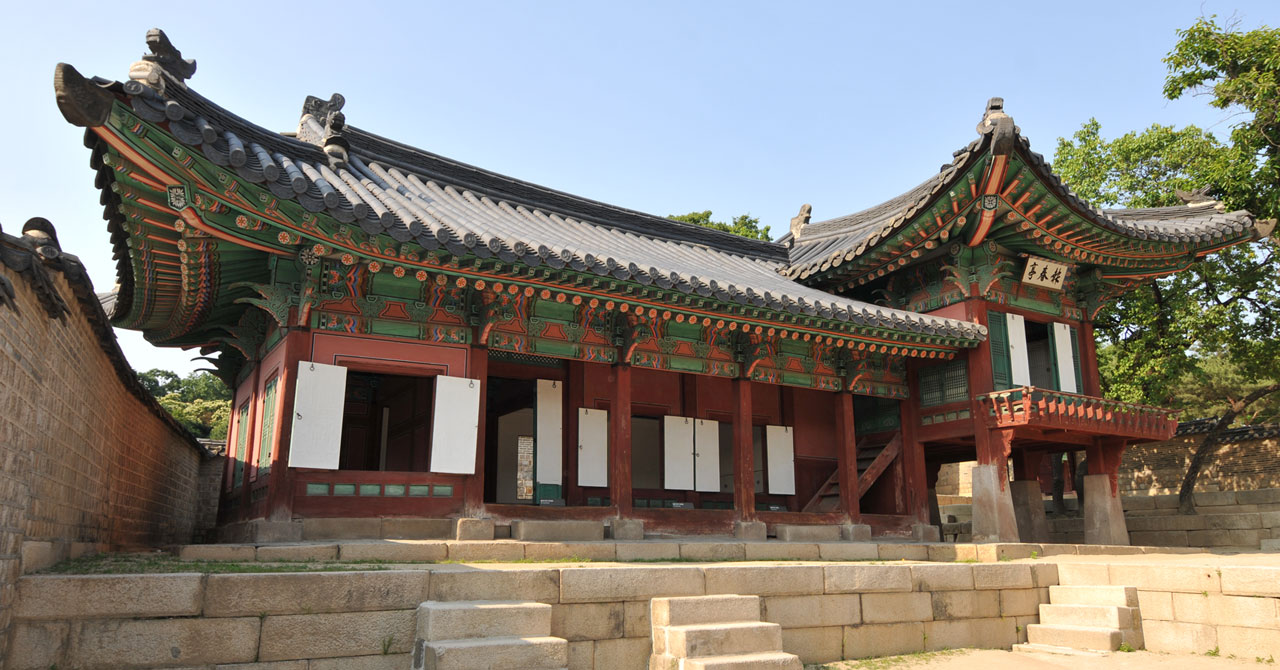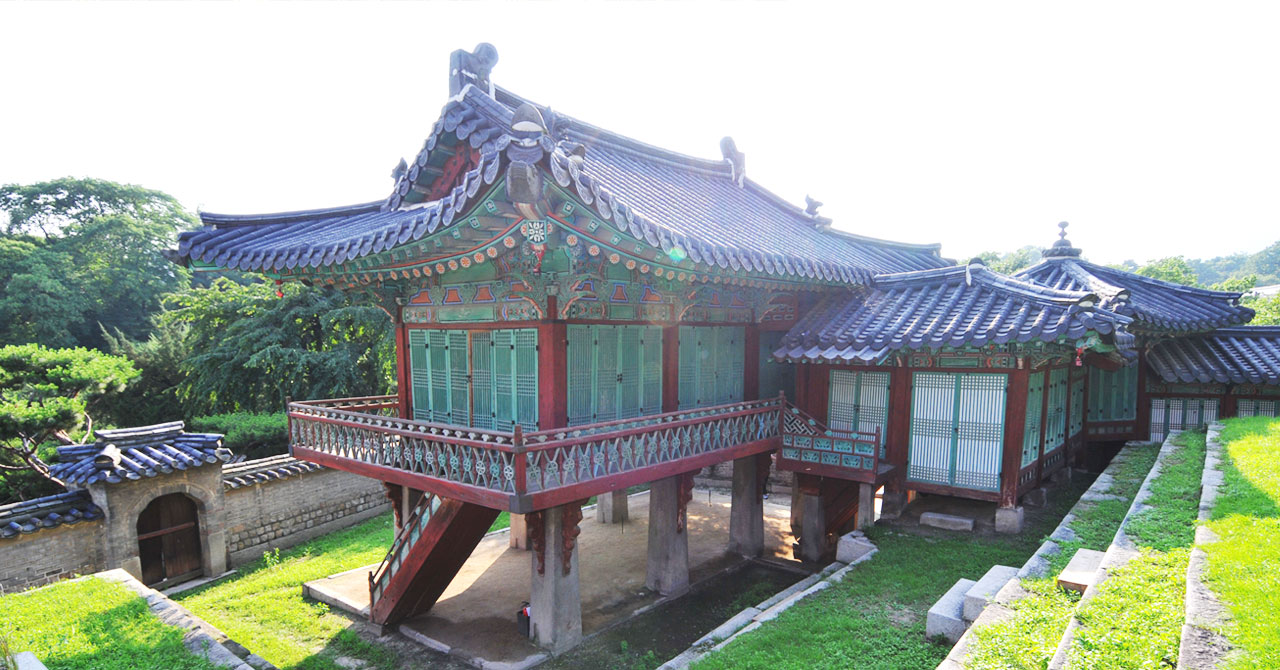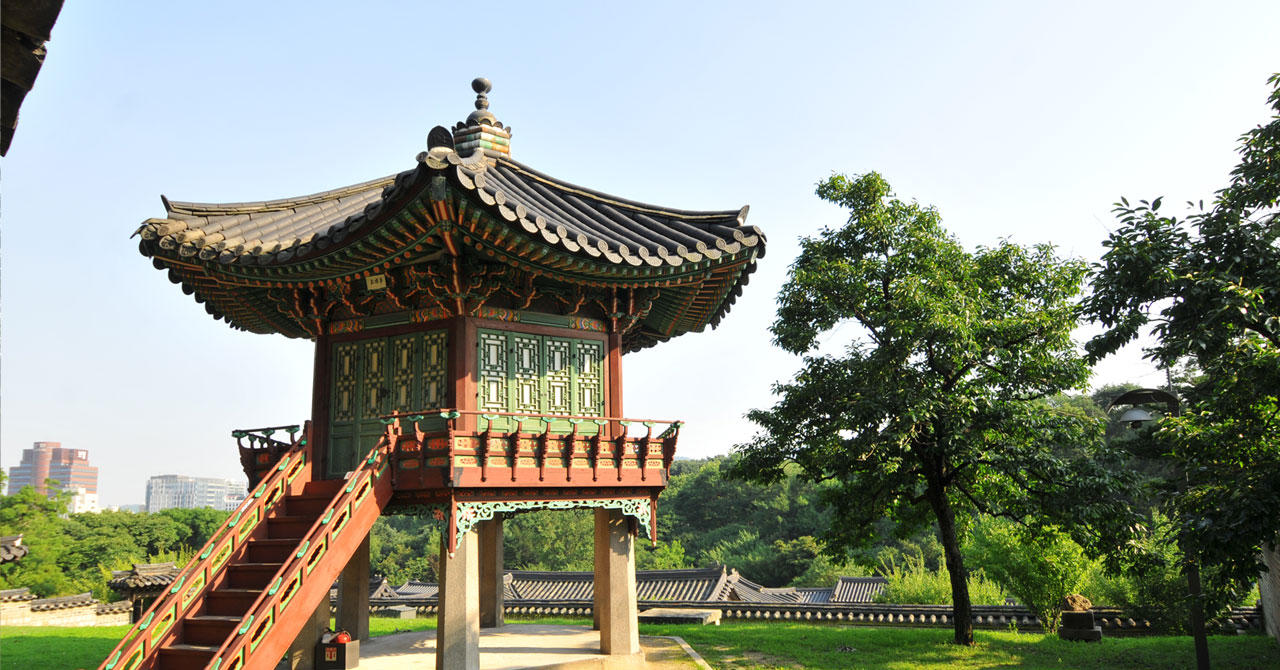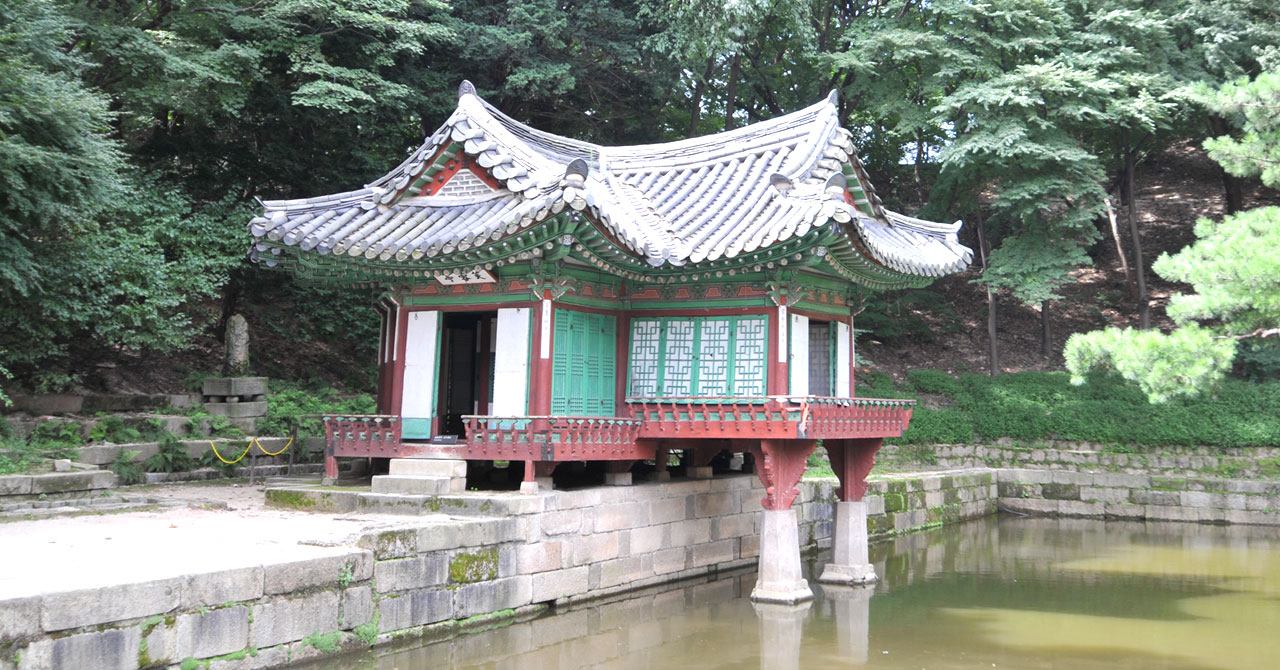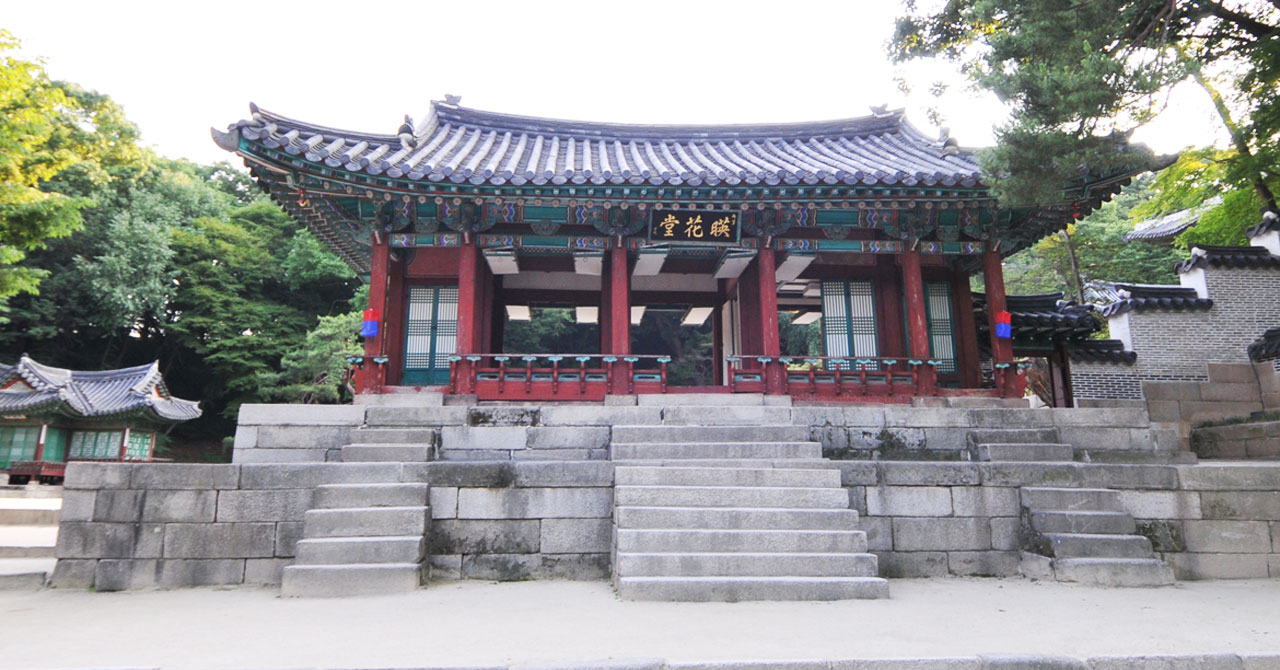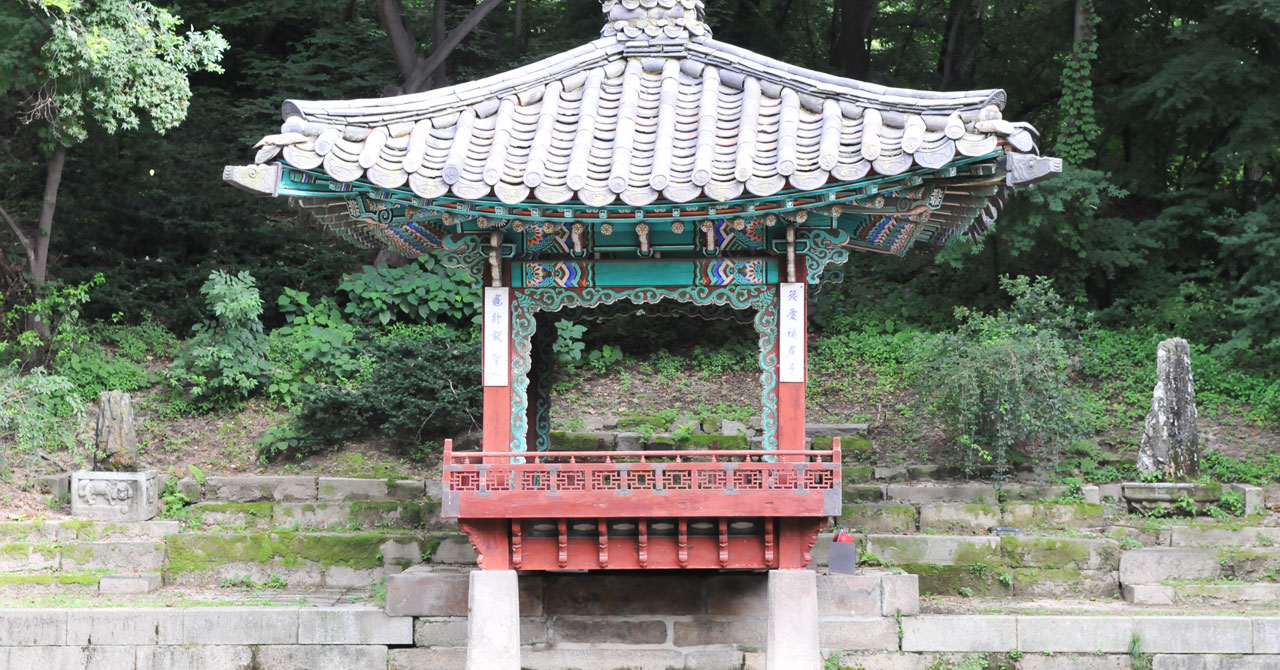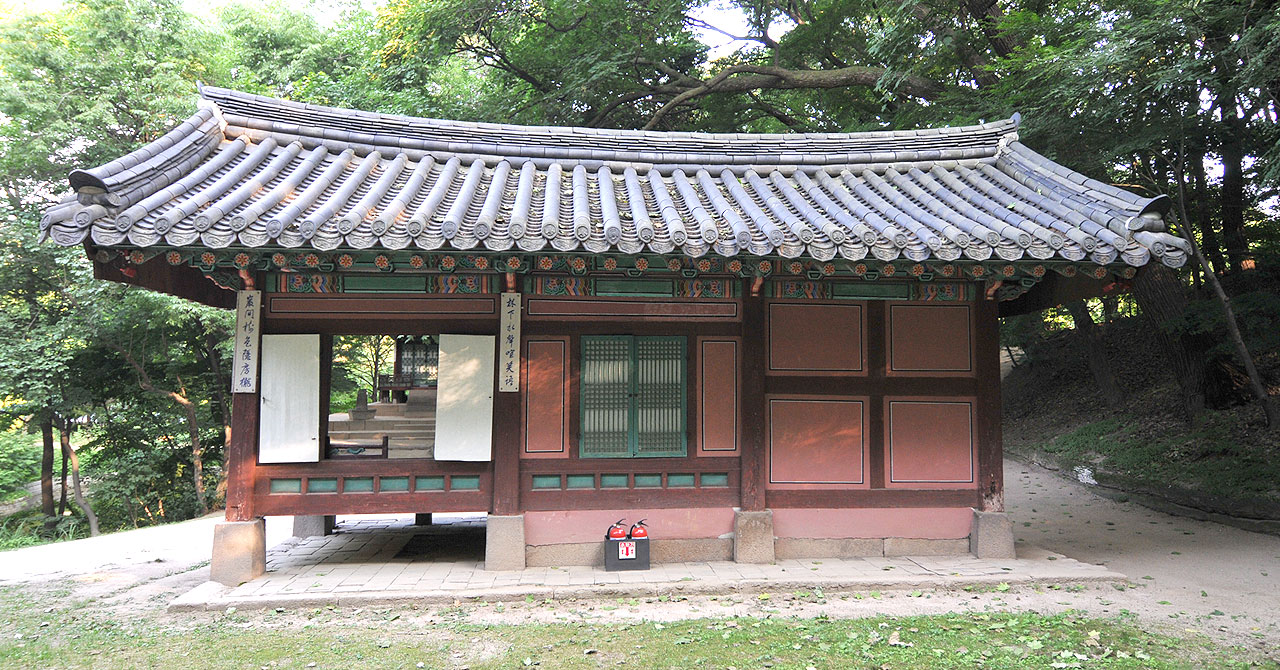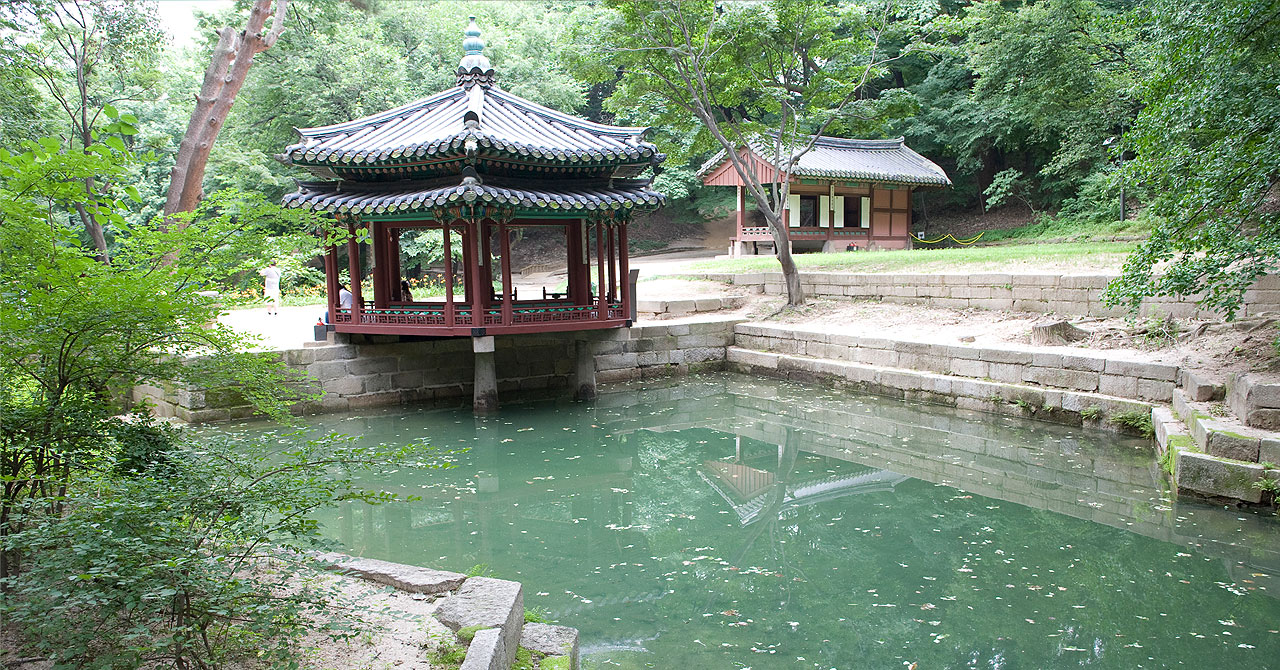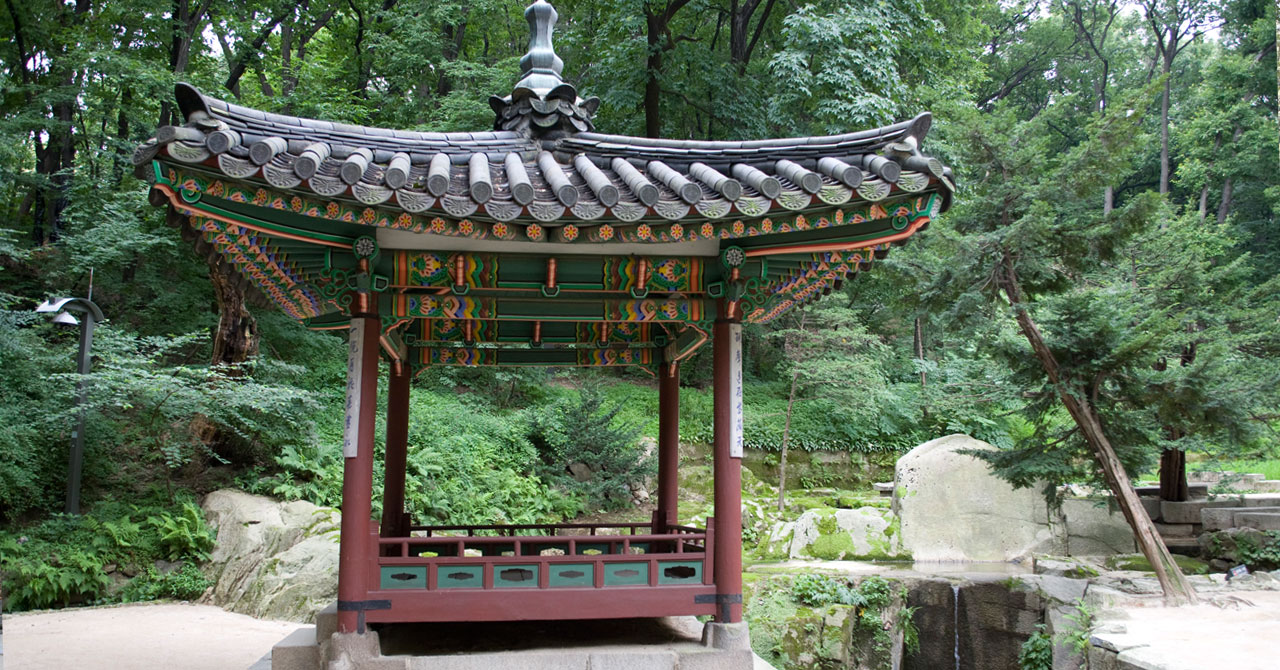Geumcheongyo Bridge
This is Geumcheongyo Bridge. Built in 1411, it is known as the oldest and most beautiful stone bridge remaining in Seoul. It's name means both 'a bridge over the stream inside the palace', and 'a bridge with beautiful water flowing underneath'. Although it is now dry, there was once flowing abundant clear water. All the Joseon palaces are built so that one meets a stream after entering through the main gates. This is based on their belief about the energy of a landscape. Having a mountain behind, and a stream in front, was the best site of all. Therefore palaces were built with a mountain behind, and a river in front of it. Crossing the stream meant that one was entering the most solemn place of the palace. Other palaces also have bridges like this as well. Changdeokgung Palace has Geumcheongyo, Gyeongbokgung Palace is with Youngcheongyo, and Changgyeonggung Palace has Okchungyo, Government officials had to cleanse all worldly burdens before heading towards the king. Geumcheongyo have various symbols and carvings. On the south side of the bridge, you can see a stone statue of a legendary creature that is neither a tiger nor a lion, and has scales like a fish on its body. Such animals were considered a creature that protected justice, like the unicorn. On the other side, there is a stone statue of a turtle which represents Hyeonmu. For a long time, there has been a belief in East Asia that the fourth cardinal directions had guardians. The east had the blue dragon, the west the white tiger, the south the red phoenix, the north the black turtle, and the center had the yellow dragon. The black turtle guards the north, and originally had the image of a turtle's body with a snake's head. On the stone between the two sides of the bridge is a Tokaebi face carved. These sculptures had the role of fending off evil spirits from crossing the bridge. The conspicuously wide path in the middle was called 'Eodo', and only the king could walk on this path. Everyone else had to use the narrower paths on each side.


 로그인
로그인

 네이버
네이버 티맵
티맵 카카오맵
카카오맵 주소
주소
 페이스북
페이스북 카카오톡
카카오톡 트위터
트위터 URL복사
URL복사
